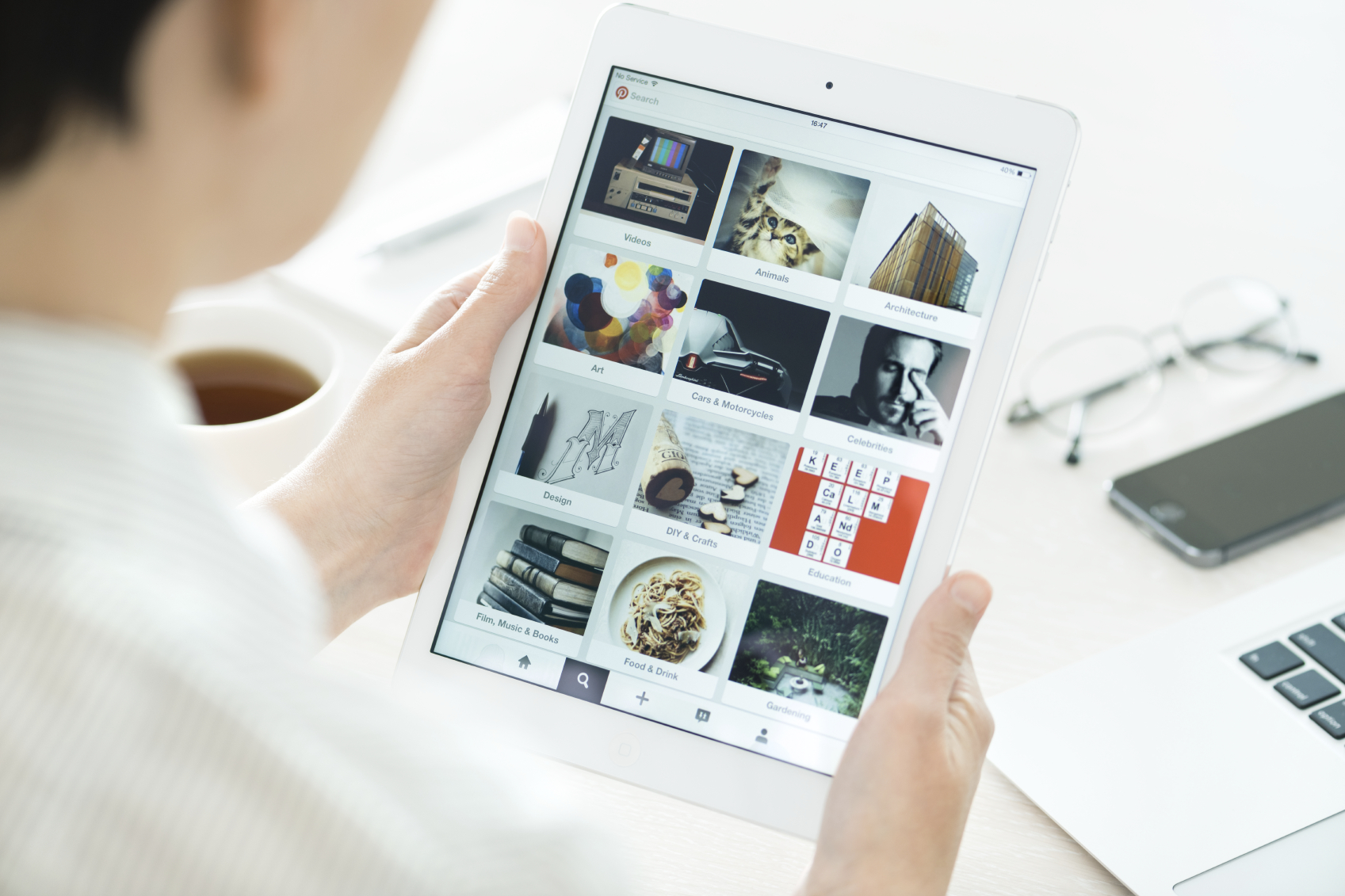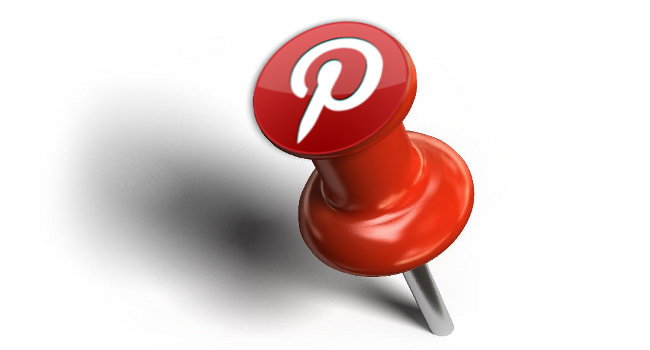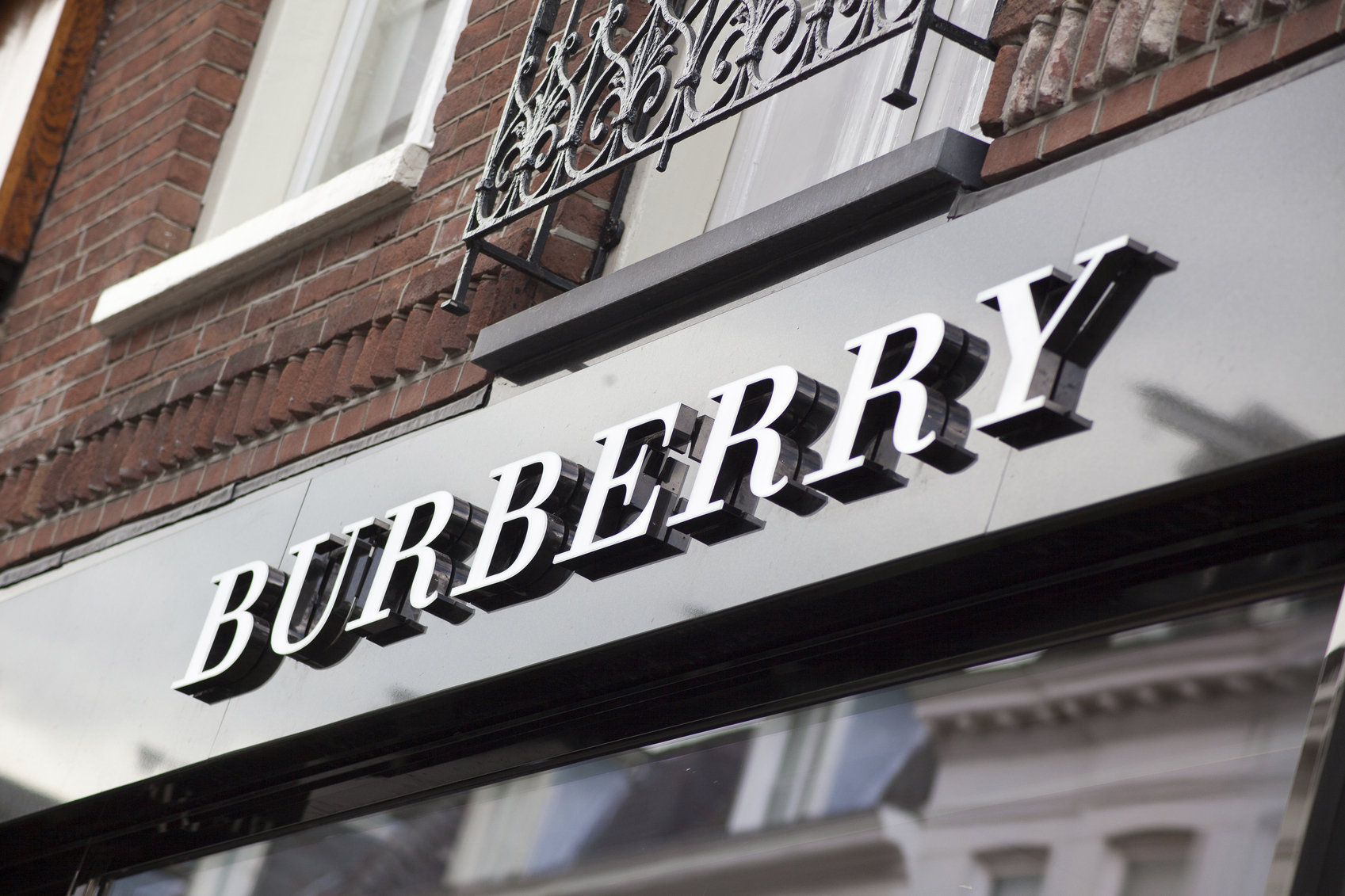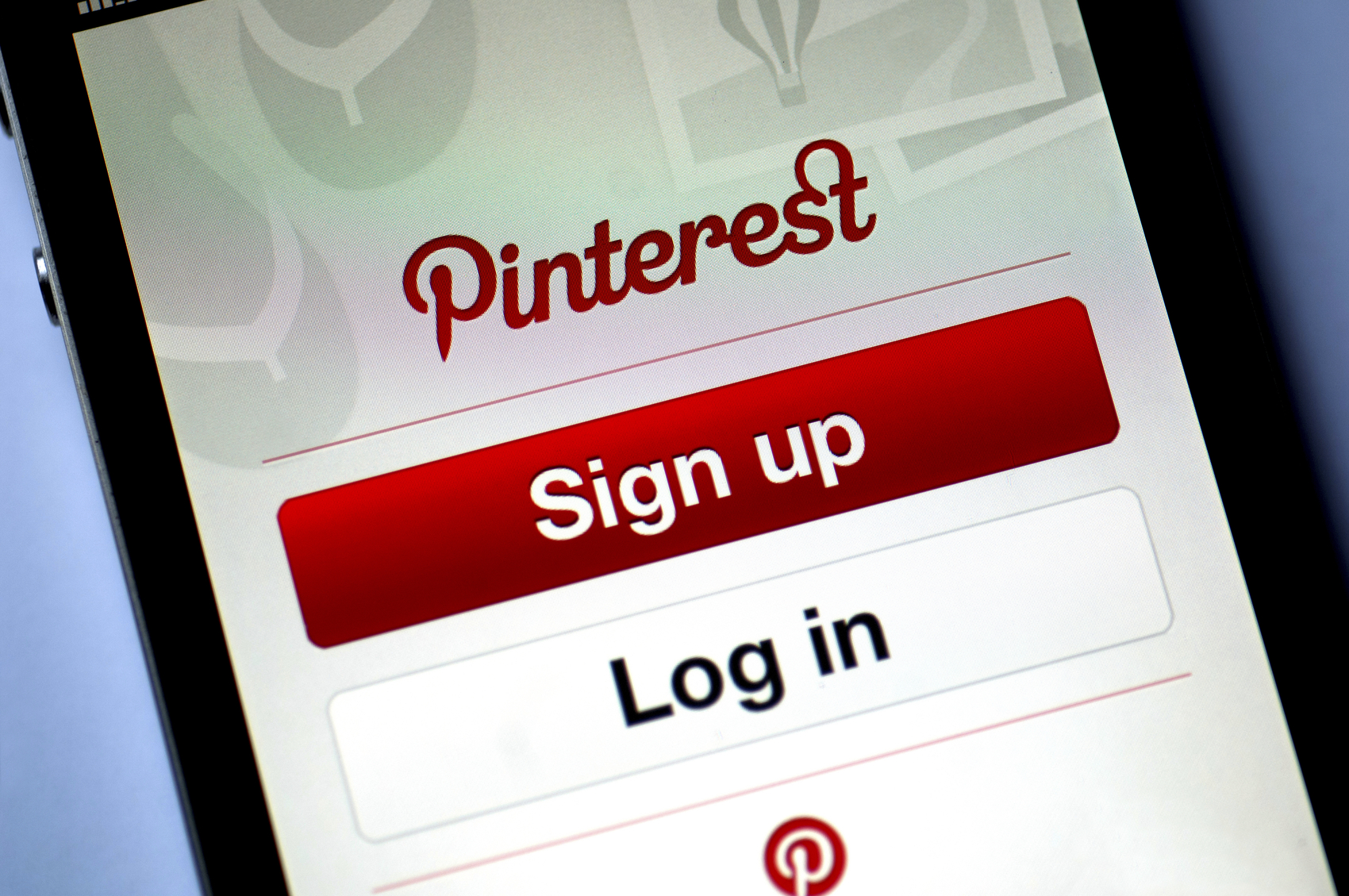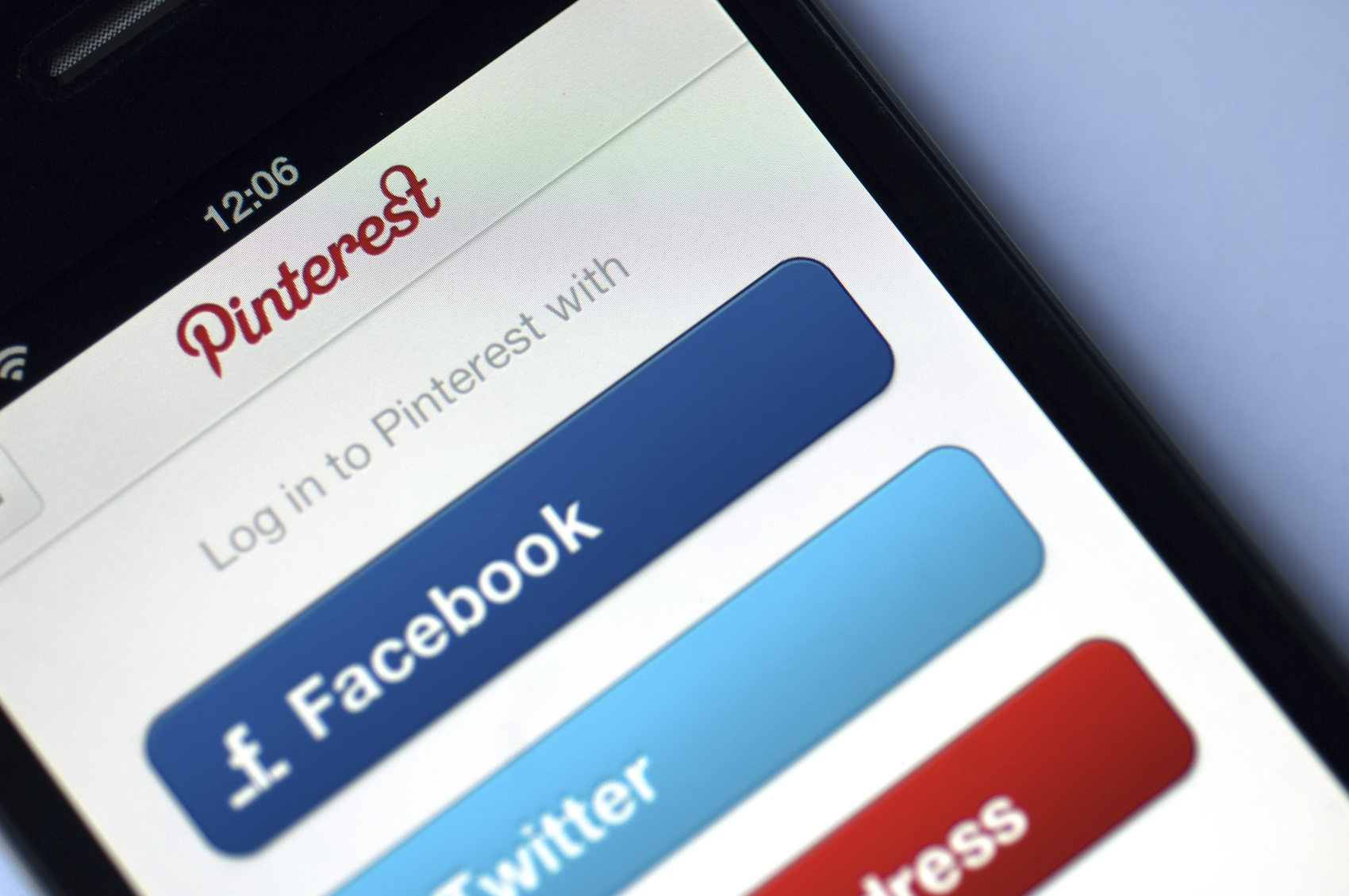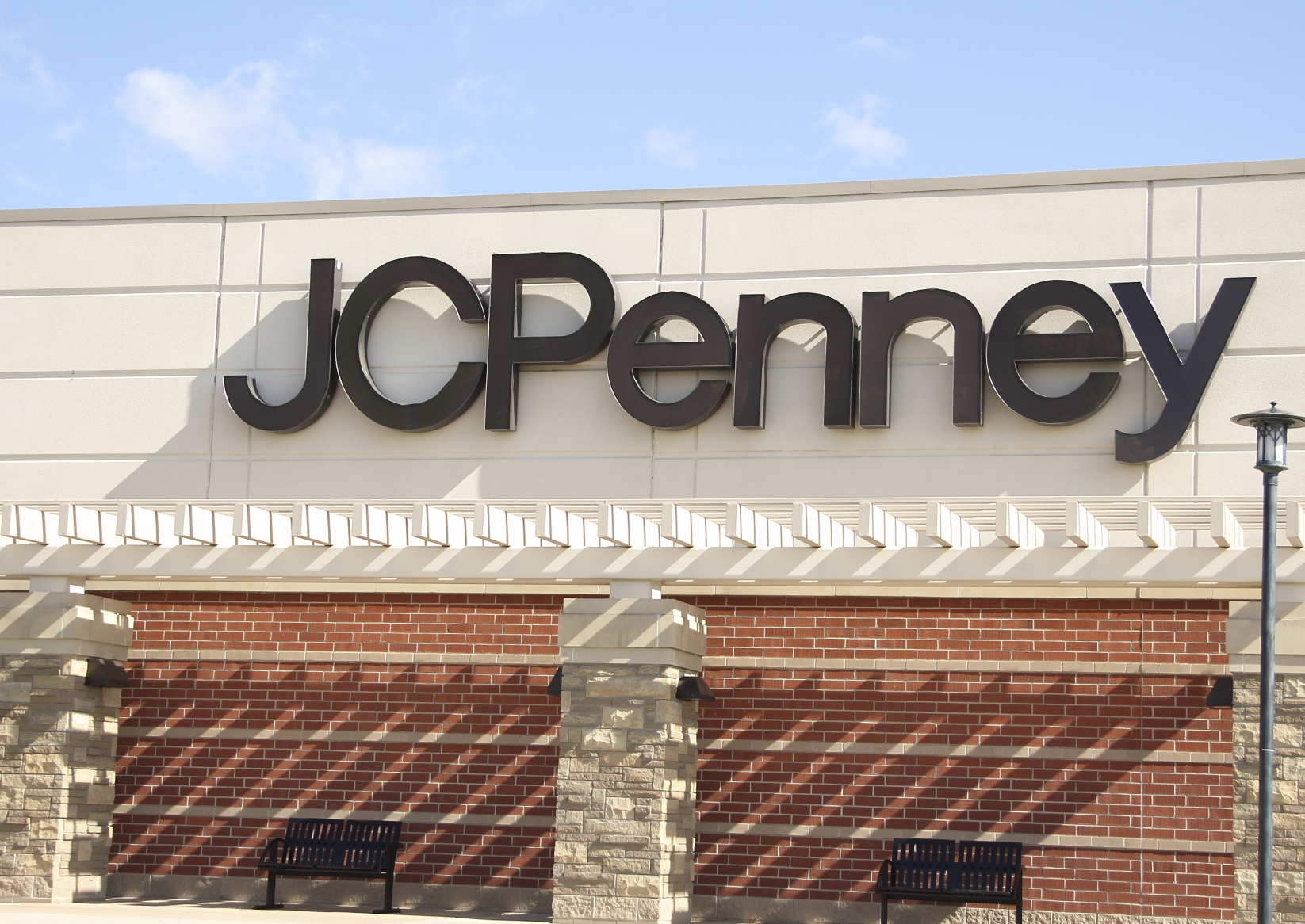What Happened
Pinterest has joined the ongoing push for video ads among social media sites as it debuts its first video ad product, Promoted Video, on its mobile apps. Users will see the GIF-like Cinematic Pin ads as a teaser for the video ads, which users can tap on the Cinematic Pins to play in a new page that also displays a gallery of branded pins below the video. The Promoted Video ads run up to five minutes long and can be formatted horizontally or vertically. Pinterest says it has no plan to bring this video ad unit to desktop devices at the moment.
What Brands Need To Do
Leading social media companies have long been putting a lot of effort into building out their video products and vying for the ad dollars flowing into digital video. Facebook launched its auto-playing video ad in March 2014, and Twitter quickly followed suit with Promoted Video ads in August 2014. In this regard, Pinterest may seem a bit late to the party, but the way it incorporates the video ad into its existing mobile user experience should provide some add-on value for brand marketers looking to further engage Pinterest users and leave a lasting impression beyond Cinematic Pins.
Source: Marketing Land
